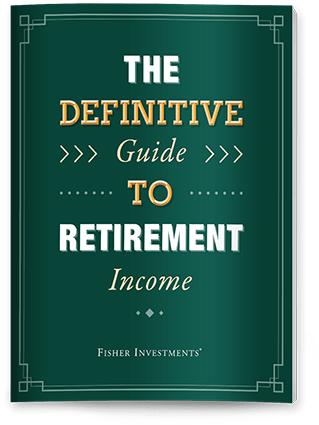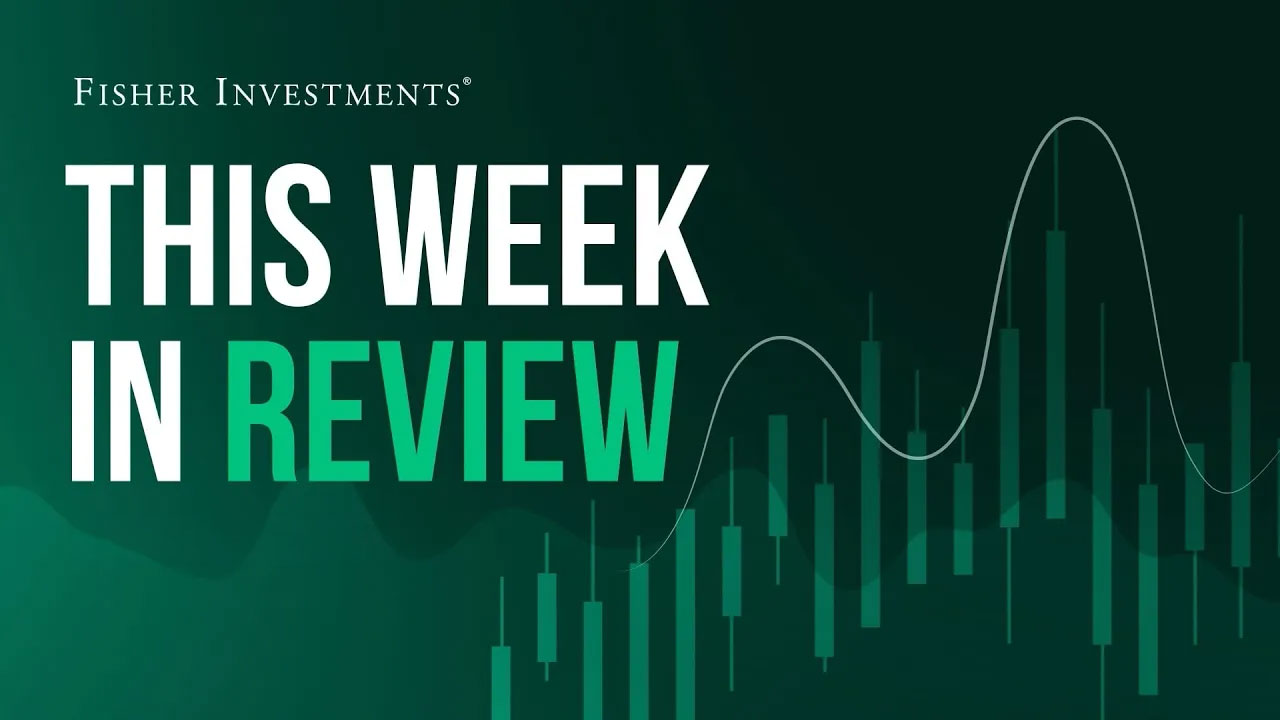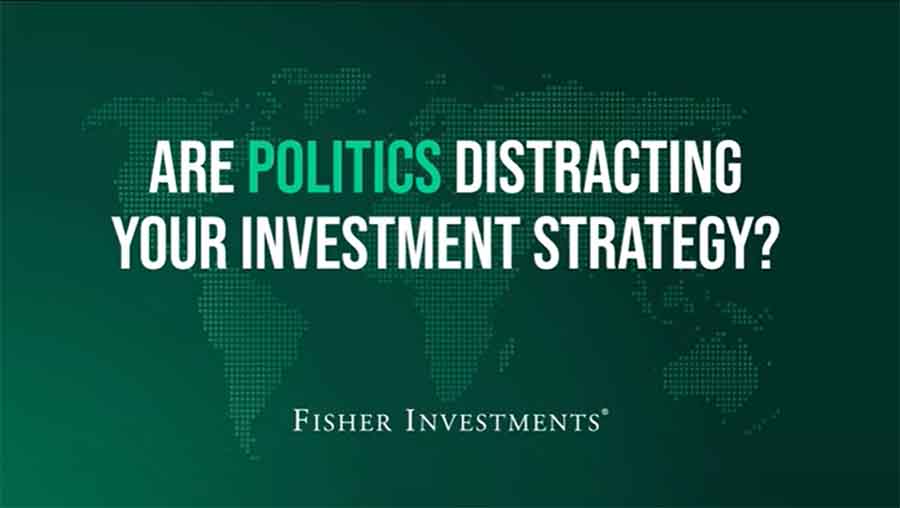Personal Wealth Management / Market Analysis
Positive Volatility Still Calls for an Even Keel
Knee-jerk reactions aren’t your friend on good days or bad.
What a difference a day makes! After a four-day, -12.1% slide as the S&P 500 digested “Liberation Day” tariffs and various retaliatory measures, the index jumped 9.5% in price terms Wednesday.[i] Markets, it seems, were so happy that President Trump delayed all reciprocal tariffs except China’s for 90 days that they notched the ninth-biggest up day in history. We see one simple lesson here: Volatility cuts both ways.
And our counsel is the same as it was after last Thursday’s knee-jerk drop: Stay cool. Excessive fear wasn’t the right response after the sharp downswing, and greed or high hope isn’t the right response today. Maybe the correction is over now, and the bull market is resuming with gusto. That would be great! But stocks have swung hard, both ways, on utterly unpredictable policy pronouncements. Therefore, we can’t rule out more unpredictability and more swings between panic and rapture.
Exhibit 1 shows you the 10 biggest S&P 500 daily jumps. Look at the years. 1929. 1931. 1939 2008. 2020. These were all periods of acute crisis and panic. Many big days paired with gut-wrenching down days. Some, of course, were in young bull markets, like September 1932 or March 1933.
Exhibit 1: The Checkered History of Amazing Days
Source: Finaeon, Inc., as of 4/9/2025. S&P 500 price return on the days listed.
The 10th-biggest, March 24, 2020, was indeed the first day of a new bull market. It was a lightning-fast turnaround, following history’s fastest and shortest bear market. That bear market was an exception to the general rule. Conventional wisdom calls any drop of -10% to -20% a correction and any of -20% or greater a bear market. But in our view, speed and qualitative factors also matter. Corrections are usually short and sharp. Bear markets usually grind lower and last far longer. Corrections swing hard on sentiment as fear overshoots reality. Bear markets typically have identifiable fundamental causes that markets justly price in.
The bear market in 2020 was correction-like in speed, bear market-like in magnitude and had a fundamental cause: COVID lockdowns, which caused severe recession and longer-lasting disruptions. Markets had to price that in a hurry. They assessed the damage, registered worst-case scenarios and then moved on.
This time, stocks have similarly had to digest tariff news at warp speed. Trump’s “Liberation Day” tariffs were bigger and worse than anything he signaled on the campaign trail or since. Hence, they were worse than what markets pre-priced. That forced stocks to rapidly discount the new tariffs and global response. But as we wrote last week, markets weren’t yet weighing the high likelihood that tariffs would prove unworkable and illegal and/or that deals would supersede them. We thought these potential paths left big upside surprise in store as reality ended up better than expected. To us, this appeared a correction-like overreaction to legitimately bad news.
Since then, several legal challenges have begun. The Senate has pushed back. Customs data revealed tariff collections in March vastly undershot expectations. Several nations scrambled to cut deals and offered big concessions. And now, Wednesday, we got the 90-day pause, which seems to be a precursor to deals and may lead to trade barriers overall falling. That happy surprise forced markets to reckon immediately with better-than-expected outcomes.
But we still have the same basic, underlying reality: Policy is moving swiftly and unpredictably. It would be great if this were March 24, 2020 all over again and it was all sunlit uplands from here. But we are painfully aware of what happened another time the US government took big, decisive, unpredictable actions. We refer to September 2008, the month the Fed and Treasury dismantled Wall Street as we knew it during the financial crisis. That September 15, a Monday, the S&P fell -4.7% in price terms after the government forced Lehman Brothers into bankruptcy.[ii] Another -4.7% drop arrived the 17th, the day the US government sacked AIG’s CEO.[iii] Then we got a two-day rise that topped 8%.[iv] It brought relief. But it wasn’t an all-clear. Volatility continued, leading to one of the worst single days in history: September 29’s -8.8% slide as Congress rejected the initial TARP plan.[v] More big up days and big down days followed. That lovely, 11.6% jump on October 13, 2008?[vi] Precursor to a -9.0% slide on the 15th.[vii]
We aren’t telling this to panic you. Far from it. We are simply trying to teach a timeless lesson: Panic selling can quickly morph to aggressive buying and sometimes back again as algorithms and emotions rule and liquidity is low. Keeping a cool head and even keel is vital during these swings. As is keeping a longer perspective, focused on the likely reality over the next 3 – 30 months and how that meshes with current expectations.
From here, it won’t surprise us if people start focusing more on the trade war with China, given Trump upped those tariffs again today. With Vietnam in the 90-day reprieve club, transshipping remains very attractive, likely preserving some positive surprise power. Stocks are still down from February’s highs, and we still think reality is likely to go better than the worst-case scenarios that still preoccupy the world. However, we could also be doing this all over again in 90 days. Or the administration could announce something totally unexpected. Again.
You can’t hit a moving target, tempting as it may be to try. Sometimes, we must all accept that things are predictably unpredictable. Trying to dance around any of this will raise the risk of getting whipsawed—selling at a low and buying back in after the recovery. That is a very, very hard thing to come back from, with missed returns you can’t get back without taking undue risk (which can go very, very wrong). Staying patient, remaining in a strategy designed to reach your longer-term goals and focused on that longer term isn’t easy for all, but it is still the wisest move.
If you would like to contact the editors responsible for this article, please message MarketMinder directly.
*The content contained in this article represents only the opinions and viewpoints of the Fisher Investments editorial staff.
Get a weekly roundup of our market insights
Sign up for our weekly e-mail newsletter.

See Our Investment Guides
The world of investing can seem like a giant maze. Fisher Investments has developed several informational and educational guides tackling a variety of investing topics.






